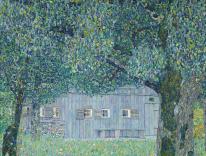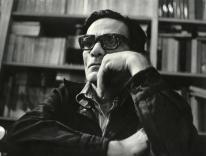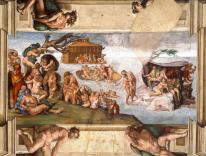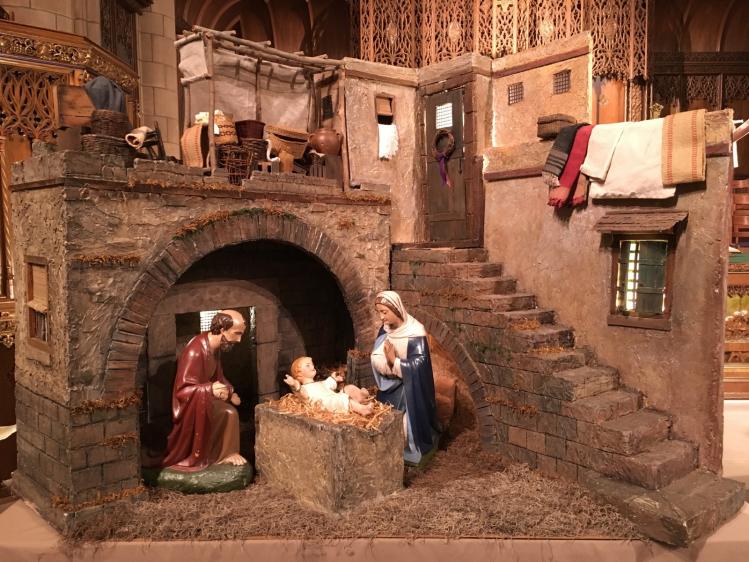
Having been saddled at birth with the surname “DeSanctis,” I suppose it was inevitable I spend the better part of my life attached to most of what’s hallowed in this world. As the Adventtide approaches each year, I fashion some semblance of straw and stable to evoke that Miracle Place in ancient Bethlehem where cattle are said to have spoken and angels appeared from thin air. My paternal grandfather, an Italian immigrant and church painter-decorator with a knack for recognizing the kinship of grace and beauty in everything, was forever reminding me of the responsibilities implied in a patronym that literally means “from the saints.” To his way of thinking, every Christian should behave like a saint, fancy family title or not. He didn’t mean the sullen, stiff-as-cardboard demeanor they that saints always seemed to assume in the Catholic picture books he’d show me as a child or even the murals he was close to completing for some jolly monsignor or the Methodists down the street. Sainthood involved the gift of artistic expression that’s run through our family bloodline for generations: a deep instinct for participating in God’s own acts of self-revelation, what he’d call sacramentalità. Treating the commonest of earthly objects and human gestures as a revelation of God was as natural to my grandfather as his love of good wine and unfettered laughter. He knew that heaven and earth had been reconciled for good in the person of Emmanuel, which is why straw and stables—not to mention shepherds and stars—could all be assigned bit parts in the narrative of salvation.
I like to think that my grandfather, who lived to the age of one hundred, would appreciate the way I’ve embraced in my own career the kinds the things the Apostle Paul was contemplating when he exhorted the early Christian community at Philippi to seek after “all that is lovely [and] admirable” (Philippians 4:8). As a professor at a Catholic university with appointments in the departments of fine arts and theology, it’s my task to place before an increasingly unchurched population of undergraduates subject material designed to enrich their souls as much as their minds. The students who today fill my classroom demonstrate only faint familiarity with the scriptural accounts of Adam and Eve, Jonah and the Whale, David and Goliath, and surprisingly little about a beleaguered couple from Nazareth named Mary and Joseph. Thus, as part of my larger involvement in the life of the university, each year I construct an original nativity scene large enough to fill one of the showcase windows in our bookstore. The scenes owe a great deal to those I’ve built over the years from recycled materials for my own household, where the Advent Season and Christmas have always been observed as fully as possible. Much more than a hobby, they are to me a form of “chalkware theology,” named for the plaster figurines on which they’re centered.They’ve become a seasonal tradition on campus to which everyone from the university’s president to its custodial staff looks with anticipation. Even the local media outlets have gotten into the act, routinely sending a reporter or two to cover my “bookstore crèches.”
All this positive attention to my projects, while gratifying, has not been completely unanticipated; my hunch as an educator is that people of all ages and stripes are yearning today for the beauty of the redemption story. I’ve caught even the most distracted of my students, after all, stopping to gaze at my seasonal displays as they rush between classes. Do they pause out of curiosity? To reclaim some fragment of childlike wonder? To pray? I’ll never know for sure. It’s my hope, though, that my displays embody a message as serious as anything I might utter in a lecture hall or include in some stuffy conference paper. They’re three-dimensional icons, windows onto the miraculous, and the means by which I encourage at least one community to ponder the marvel of Christ’s birth.
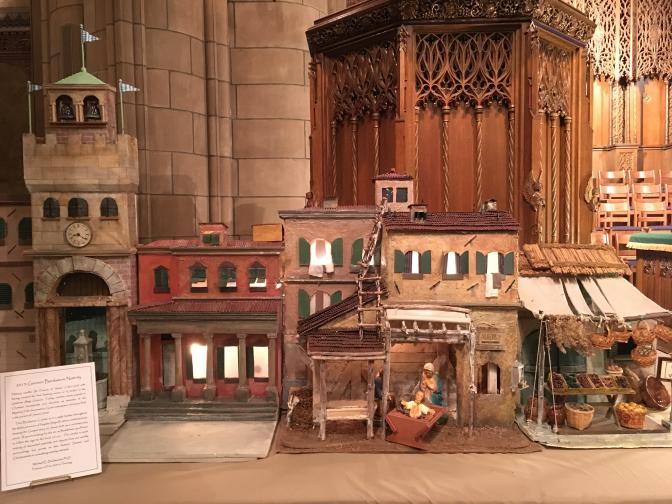
Please email comments to [email protected] and join the conversation on our Facebook page.
Share
Previous Story
A Burnt-Out Case
Next Story
Five Years after Newtown
